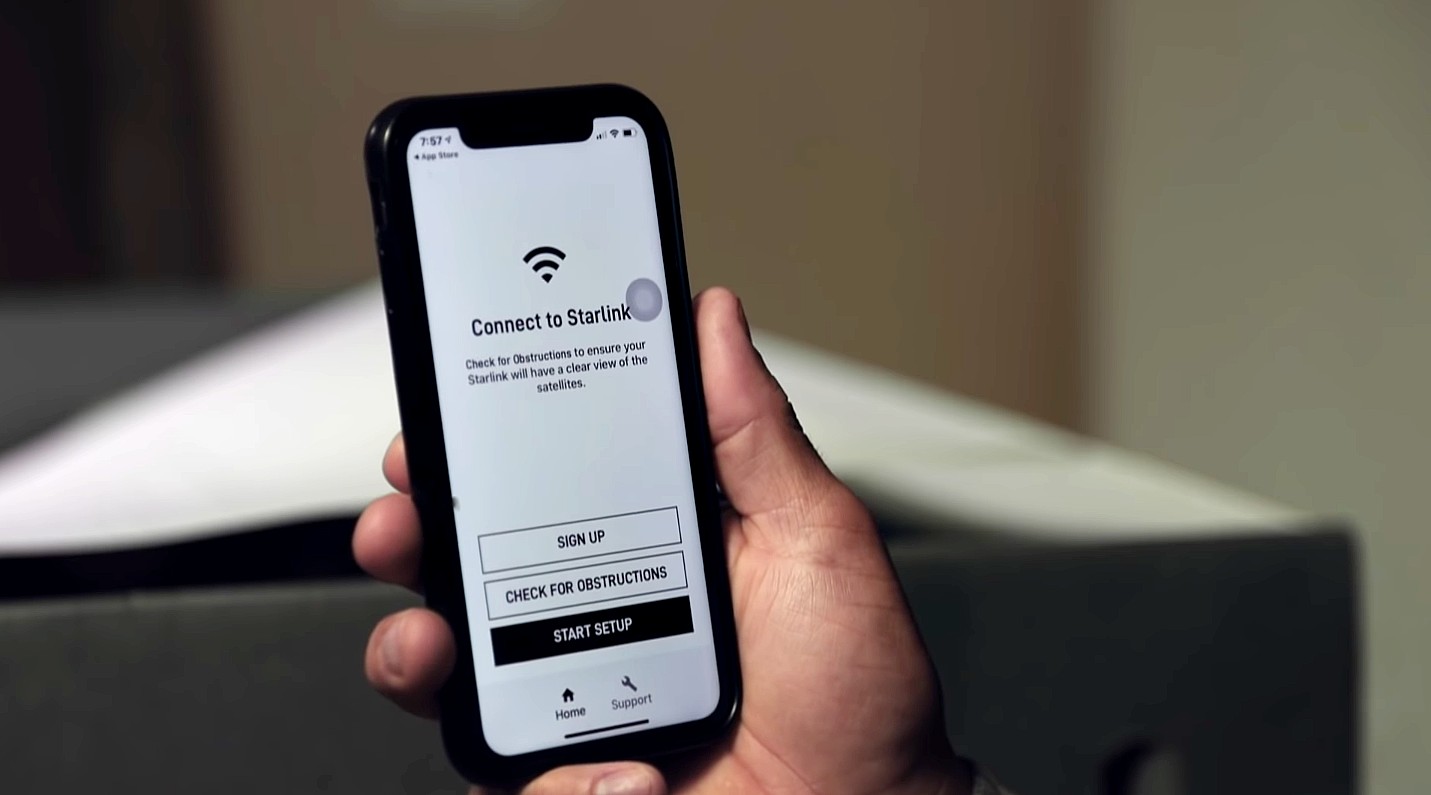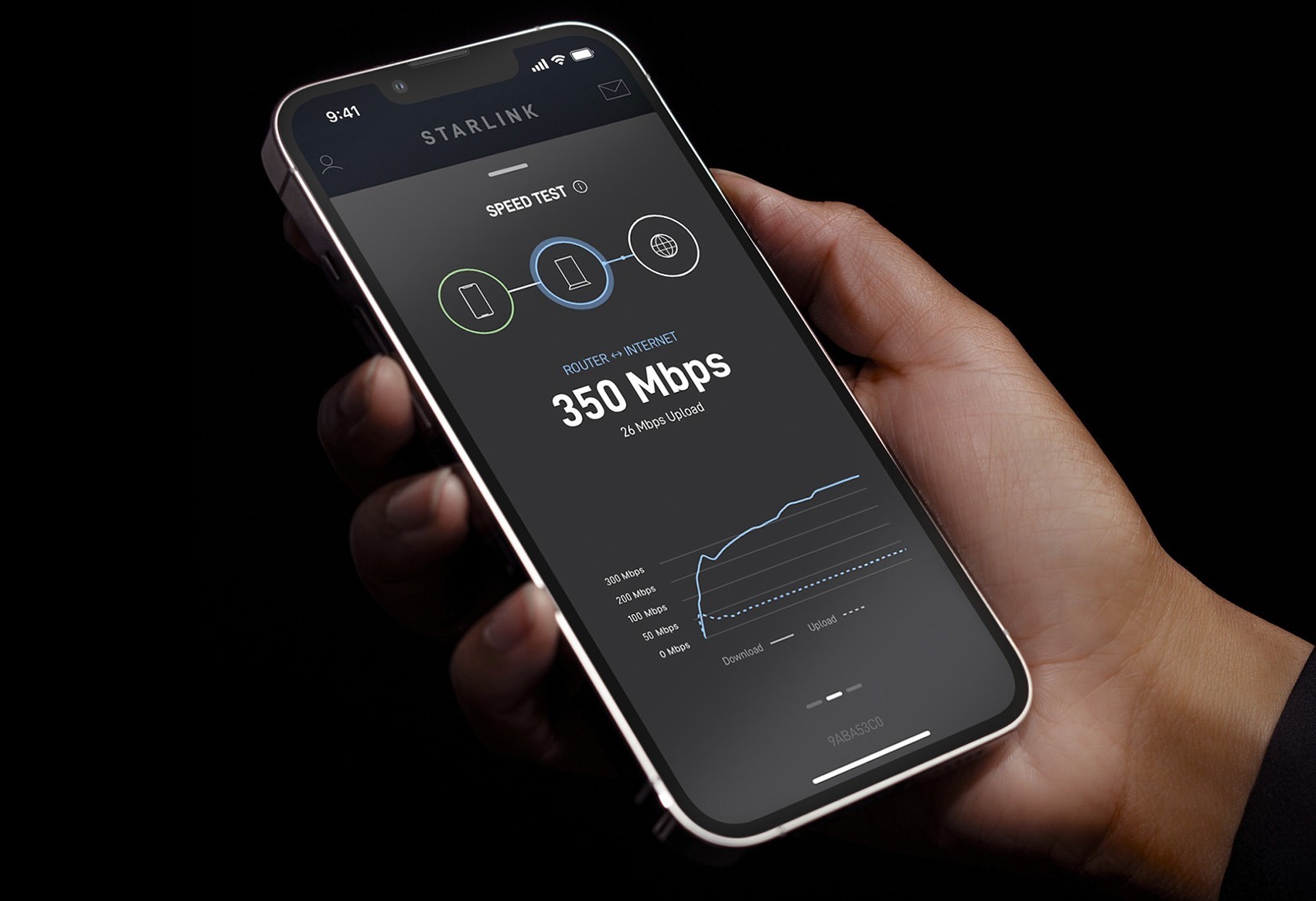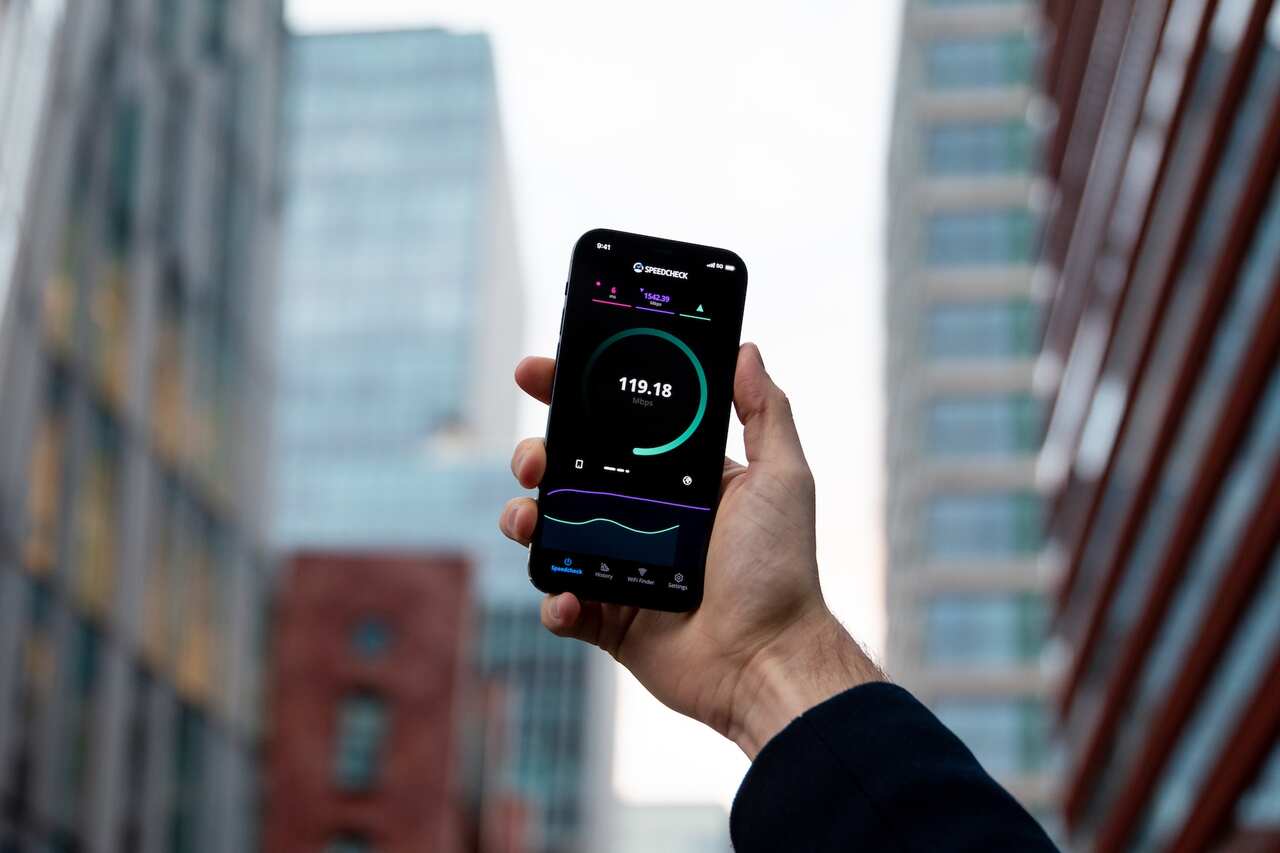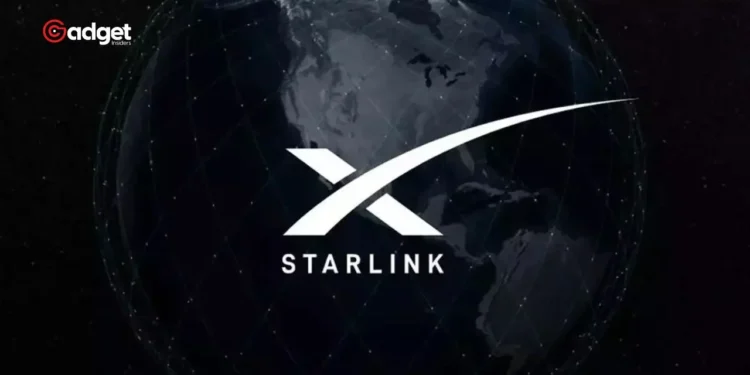SpaceX is on the brink of launching a game-changing initiative that promises to extend mobile connectivity into the most remote areas. Slated for release this fall, the company’s innovative Starlink system is designed to provide internet service directly to cellular phones without the need for modifications.
This upcoming launch hinges on the approval from the Federal Communications Commission (FCC), following a recent filing that not only revealed the planned date but also petitioned for an easing of current radio frequency emission standards.
“SpaceX supports nearly all of the Commission’s recent SCS Order and looks forward to launching commercial direct-to-cellular service in the United States this fall,” SpaceX stated in the filing. This move by SpaceX could spell a new era in mobile connectivity, particularly for regions currently plagued by poor coverage.

SpaceX: Bridging Connectivity Gaps with Advanced Technology
The Starlink project aims to harness the power of satellite technology to beam internet data directly to unmodified smartphones, essentially turning the sky into a new, expansive network. This technology is anticipated to be particularly beneficial for consumers in areas with inadequate cellular service, effectively filling in the gaps left by terrestrial mobile networks.
“Although SpaceX currently intends to provide text, voice, and web browsing through its supplemental coverage network, future innovations may permit even more robust supplemental coverage service and enhanced features,” the company explained.
Despite its vast potential, the space company is clear that this service isn’t meant to replace existing mobile networks but to supplement them, especially in locations where traditional networks falter.

Overcoming Regulatory Hurdles for Enhanced Service
A significant part of SpaceX’s FCC filing focuses on the regulatory barriers that could hamper the effectiveness of the cellular Starlink system. The company has proposed shifting away from the “one-size-fits-all aggregate out-of-band power flux-density” limit, advocating instead for “band-specific limits” which would allow for better coverage and reliability.
“An across-the-board, aggregate out-of-band limit, by contrast, will unfortunately undermine the goal of providing robust coverage during emergencies,” noted SpaceX. This sentiment is echoed in the industry, with SpaceX and its partner T-Mobile—the first US carrier to adopt the Starlink technology—pushing for more flexible regulations to foster innovation and enhance service delivery.

Industry and Astronomical Communities Weigh In
The discourse around SpaceX’s new satellite connectivity framework has sparked considerable interest and debate. Major carriers like AT&T, Verizon, and Dish Network have expressed concerns to the FCC about potential radio interference, advocating for the maintenance of current restrictions.
On the other hand, the astronomy community has raised alarms about the existential risks to radio astronomy from increased radio interference due to satellite operations.

Recognizing these concerns, the company has suggested that the FCC could mandate coordination with the National Science Foundation before the operation of satellite connectivity services, advocating for a dynamic approach to regulatory criteria that keeps pace with rapid technological advancements.
As SpaceX prepares for this significant launch, the industry watches closely. The successful deployment of the Starlink direct-to-cellular system could not only transform mobile connectivity but also pave the way for future technological breakthroughs in satellite communication.










